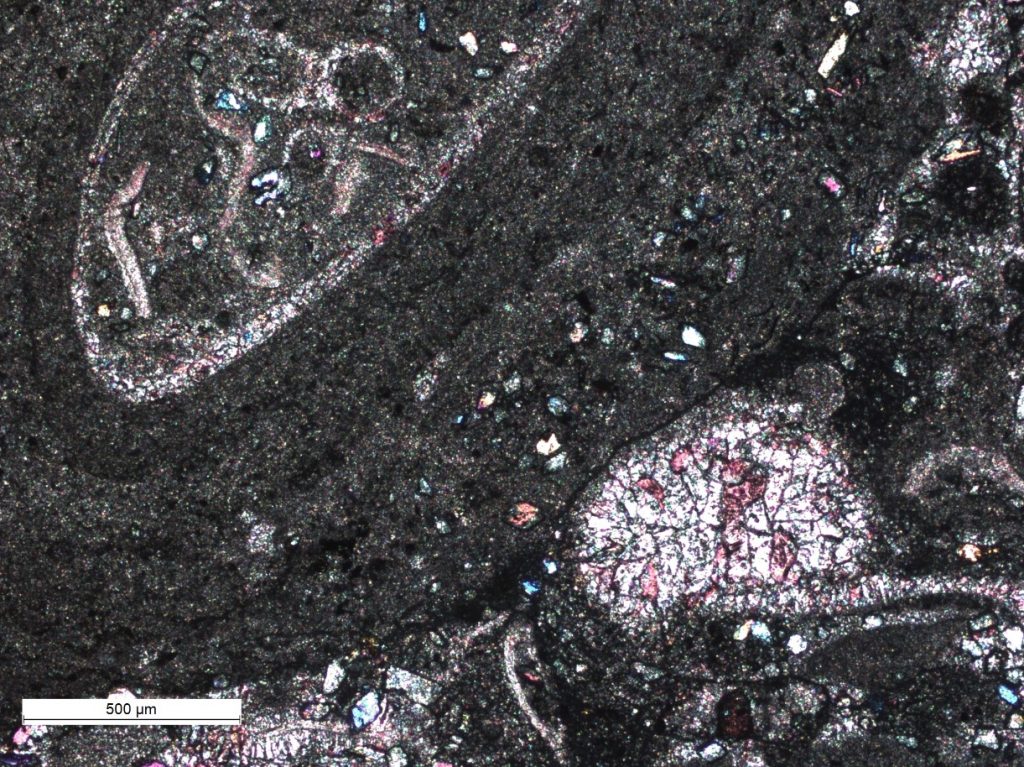
April 12, 2024 — A new approach to reconstruct the increase of oxygen in ancient marine environments using Uranium-lead (U-Pb) dating of dolomite rocks to detect signals of oxygenation has been developed by a team of researchers led by the Hebrew University of Jerusalem. The findings have implications in identifying how complex life forms can thrive in space with low oxygen levels.
The study was published in Nature Communications by Dr. Uri Ryb and Dr. Michal Ben-Israel from the Fredy & Nadine Herrmann Institute of Earth Sciences at the Hebrew University as well as a team of researchers from U.S. universities.
U–Pb dating is one of the oldest and most refined of the radiometric techniques which can be used to date rocks that formed and crystallized from approximately one million years to over 4.5 billion years ago.
Scientists typically estimate the oxygen levels in ancient oceans from the composition of ‘redox-sensitive’ (oxidizing capacity) elements preserved in ancient sedimentary rocks. However, these compositions can be easily altered in the course of geological history.

By uncovering discrepancies in dolomite rock samples’ U-Pb ratios, the team developed a reliable proxy for reconstructing the levels of oxygen within ancient marine habitats, in which the first animals emerged and evolved. Their findings reveal a significant rise in marine oxygenation during the Late Paleozoic era (400 million years ago), hundreds of millions of years after the emergence of animal life. This aligns with other evidence indicating the oxygenation of the ocean at the same time, supporting the hypothesis that animals that have evolved in oceans t were mostly oxygen-limited, and suggests that changes in ocean oxygen were driven by evolution.
According to Dr. Ryb, “These discoveries not only enhance our understanding of ancient Earth ecosystems but also have implications for the search for extraterrestrial life. Revealing the dynamics between evolution and oxygen levels in early Earth environments can put observations on the atmospheric composition of exoplanets that now become available through the new generation of space telescopes in context. Specifically, it suggests that low levels of oxygen are sufficient for complex life-forms to thrive.”
The research paper titled “Late Paleozoic oxygenation of marine environments supported by dolomite U-Pb dating” is now available here.
Researchers:
Michal Ben-Israel1,2, Robert M. Holder3, Lyle L. Nelson4,5, Emily F. Smith6, Andrew R. C. Kylander-Clark7 & Uri Ryb1
Institutions:
1) The Fredy & Nadine Herrmann Institute of Earth Sciences, The Hebrew University of Jerusalem, Jerusalem, Israel
2) Department of Life and Environmental Sciences, University of California, Merced, CA, USA
3) Department of Earth and Environmental Sciences, University of Michigan, Ann Arbor, MI, USA
4) Department of Earth Sciences, Carleton University, Ottawa, Ontario, ON, Canada
5) Department of Earth, Atmospheric, and Planetary Sciences, Massachusetts Institute of Technology, Cambridge, Massachusetts, MA, USA
6) Department of Earth and Planetary Sciences, Johns Hopkins University, Baltimore, MD, USA
7) Department of Earth Science, University of California, Santa Barbara, California, CA, USA




